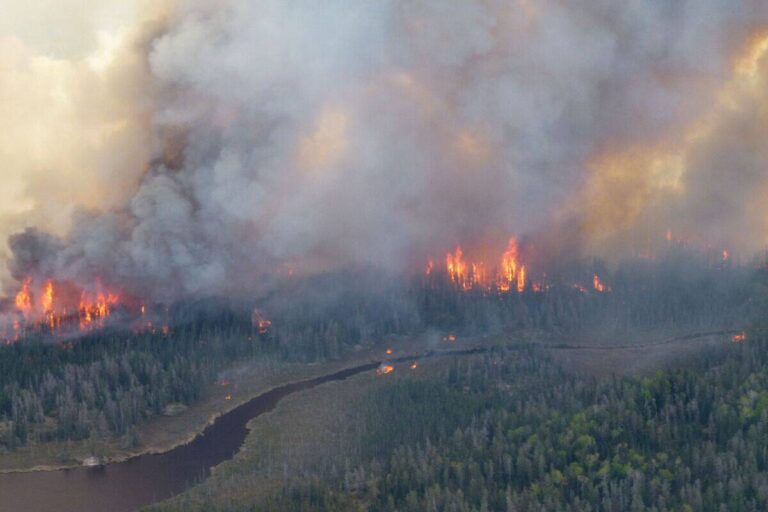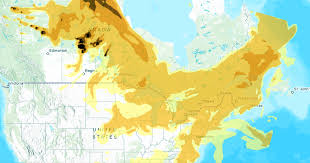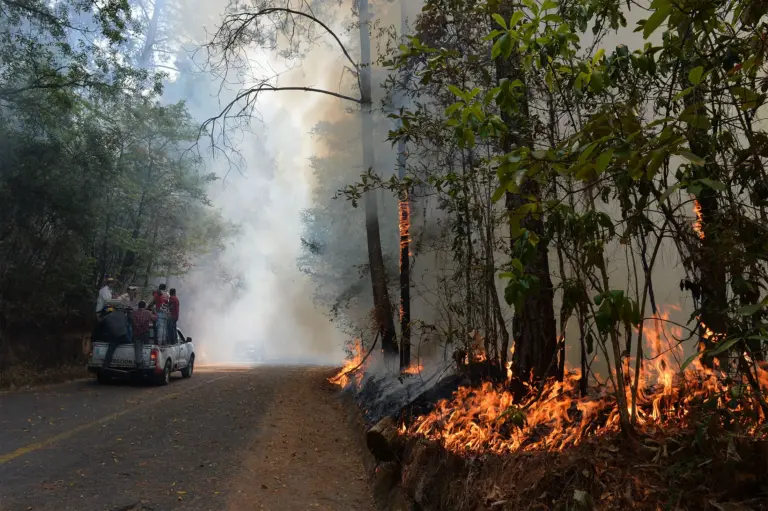
Introduction to Wolves
Wolves, as apex predators, play a critical role in maintaining the ecological balance within their habitats. Their presence influences the population dynamics of prey species and contributes to the overall health of ecosystems. In Canada, the wolves are not just iconic wildlife; they are vital to the biodiversity and conservation efforts across various provinces.
Current Status of Wolves in Canada
As of 2023, the Canadian wolf population is estimated to be around 50,000 individuals, depending on the species considered since Canada is home to several subspecies including the Grey Wolf and the Arctic Wolf. However, their numbers vary significantly by region, with certain areas experiencing declines due to habitat loss and human-wildlife conflict.
Impact of Conservation Efforts
Conservation initiatives across Canada have increased awareness and protection of these magnificent animals. For example, the Canadian government, along with wildlife organizations, has established protected areas, promoting a habitat conducive to wolf living and hunting. In Alberta and British Columbia, programs aimed at mitigating human-wolf conflicts have been implemented to support coexistence between ranchers and wolves. These efforts have shown a positive impact since the stabilization of wolf populations has led to healthier ecosystems, particularly in regions where wolves have been reintroduced.
The Significance of Wolves in Ecosystems
The role of wolves as predators extends beyond managing prey populations. For instance, their hunting activities can lead to what ecologists describe as ‘trophic cascades,’ affecting vegetation growth and species distribution. In Yellowstone National Park, the reintroduction of wolves in 1995 resulted in a dramatic change in the landscape, with decreased overgrazing by deer populations, allowing for the recovery of willow and aspen trees, which in turn benefited various other species of fauna and flora.
Conclusion: The Future of Wolves in Canada
The future of wolves in Canada hinges on ongoing conservation efforts and public education about their ecological importance. As we move forward into the future, it is crucial for policymakers and community members to work together, ensuring that wolves continue to thrive and contribute to biodiversity. By safeguarding their habitats and managing human interactions thoughtfully, wolves can maintain their status as a keystone species, ultimately enriching the ecosystems they inhabit. Preserving these animals is not only a moral obligation but also an investment in the future of our natural environment.


